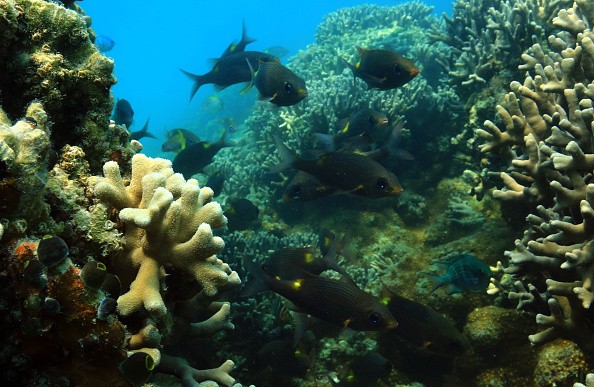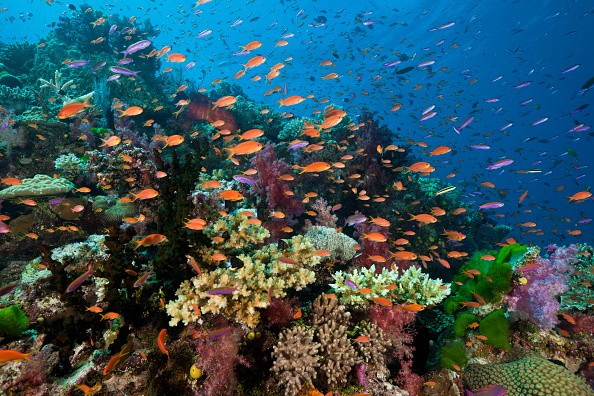
From 2009 to 2012, researchers found little improvement regarding coral colonies in the giant reef site situated in the isolated island between Fiji and Hawaii. The enormous reef has been tremendously damaged by warm water; however, something dramatic happened in 2015 when a group of marine biologists discovered that the once declared dead Coral Castles are now overflowing with life.
This August, a research team based in Massachusetts has completed a new research of the reefs in the solitary Phoenix Islands. The island is a small archipelago in the Pacific where researchers became delighted at what greeted them. They didn't expect to see the Coral Castles from the genus Acropora to be beaming with hues of greens and purples which is a sign of life, The New York Times reported.

According to the expedition's chief scientist, Jan Witting, that everything seems magnificent. He is also a researcher at Sea Education Association, based in Woods Hole, Mass.
"Threats to tropical coral reefs worldwide have escalated to a level that imperils the survival of these complex, diverse and beautiful ecosystems," Janice M. Lough, an Australian researcher, wrote in a February opinion piece in Nature.
The worldwide climate change inflicts great damage on corals around the globe which causes coral bleaching affecting the regions of the Great Barrier Reef up to the Caribbean. The rise in water temperature also destroys coral through acidification. In addition, pollution and human activities such as fishing, shipping, and tourism cause coral destruction.
According to the most recent coral reef evaluation, the world's coral reefs are approximately 19 percent dead. Significant threats to this catastrophe include broadening seawater acidification and warm temperature on the surface of the sea, WorldWatch Institute reported.
Coral Castle is from the genus Acropora which comprises of species such as staghorn coral, elkhorn coral, and table coral. These types of corals are some of the most important reef corals accountable for the extreme development of calcium carbonate substructure that helps the reef's svelte living skin.
Should Coral Castle flourish again after years of being insipid despite the rise in water temperature, there might be hope for other coral reefs with the same damage.



